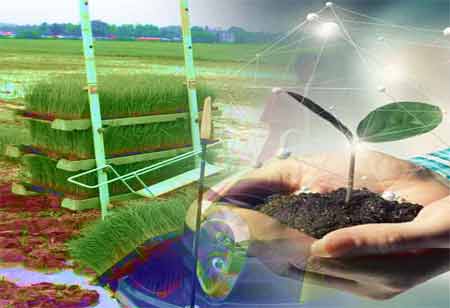THANK YOU FOR SUBSCRIBING
Be first to read the latest tech news, Industry Leader's Insights, and CIO interviews of medium and large enterprises exclusively from Food and Beverage Tech Review
Unveiling Benefits and Drawbacks of Food Processing
Food processing, a cornerstone of modern food production, plays a pivotal role in meeting the demands of a growing global population

By
Food and Beverages Tech Review | Wednesday, February 07, 2024
Stay ahead of the industry with exclusive feature stories on the top companies, expert insights and the latest news delivered straight to your inbox. Subscribe today.
Embracing innovative technologies, adopting sustainable practices, and advocating for transparent labeling can maximize the benefits while minimizing the drawbacks.
FREMONT, CA: Food processing, a cornerstone of modern food production, plays a pivotal role in meeting the demands of a growing global population. It encompasses a spectrum of techniques, from simple washing and packaging to complex methods like canning and freezing. While food processing undoubtedly offers numerous advantages, it is imperative to scrutinize its drawbacks.
Food processing offers benefits and drawbacks that must be carefully considered. It is crucial to ensure food security, extend shelf life, and increase accessibility. Striking a balance with the pros and cons of food processing necessitates a conscientious approach. An informed consumer base, coupled with responsible industry practices, can lead to improvements in food processing where the advantages outweigh the drawbacks, paving the way for a more sustainable and nutritious global food supply.
Benefits of Food Processing
Perishable food can be extended in shelf life by food processing. Techniques like canning, freezing, and dehydration slow down the natural deterioration of food, reducing waste and allowing for better distribution. Food processing facilitates the transportation of food over long distances, making it accessible to a broader population. It is particularly crucial in regions where certain fresh produce might not be readily available due to climate constraints or geographical distances.
Contrary to popular belief, some food processing techniques, like freezing and vacuum packaging, can preserve certain foods' nutritional value. By halting enzymatic activity and microbial growth, these methods help retain essential nutrients. Modern food processing adheres to stringent safety and quality standards. Through pasteurization, irradiation, and microbial testing, harmful pathogens are eliminated, ensuring consumers are less likely to be exposed to foodborne illnesses.
Drawbacks of Food Processing
High-temperature processing, for instance, can result in the loss of heat-sensitive vitamins and antioxidants. Despite efforts to retain nutritional value, some food processing methods can lead to nutrient degradation. While these compounds are generally considered safe, excessive consumption may raise concerns about long-term health effects.
Food processing can have a significant environmental footprint. The industry contributes to carbon emissions and resource depletion from energy-intensive processes to the packaging waste generated. Implementing sustainable practices is essential to mitigate these effects. Overprocessing, or excessive refinement of food, can strip it of essential nutrients and fiber. Refined grains, for example, lose much of their dietary fiber and micronutrients during processing, potentially leading to nutritional deficiencies.
I agree We use cookies on this website to enhance your user experience. By clicking any link on this page you are giving your consent for us to set cookies. More info







